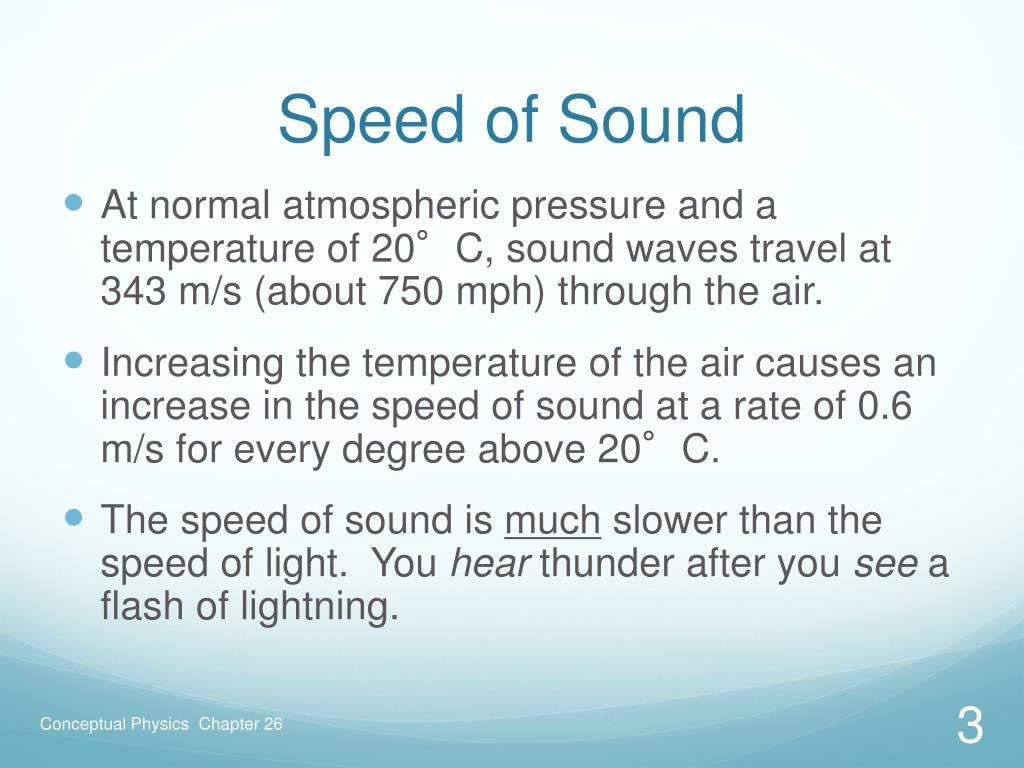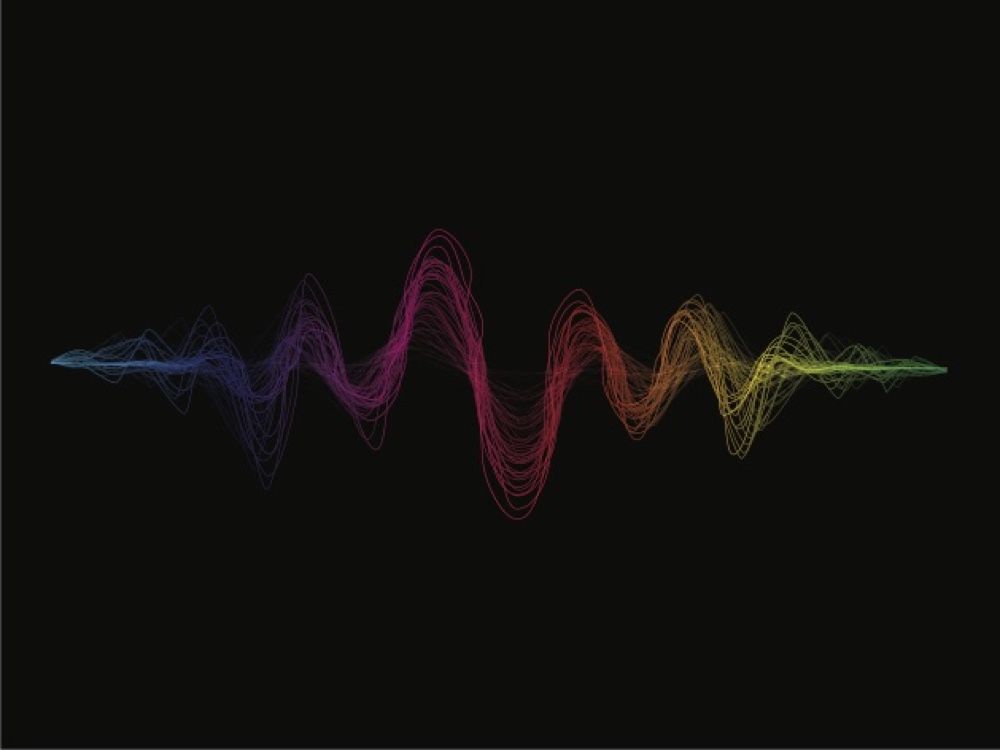How briskly is the pace of sound in mph? Understanding this basic fixed unlocks insights into all the things from sonic booms to the restrictions of communication. This is not only a physics drawback; it is a key to understanding our world, from the on a regular basis to the extraordinary.
The pace of sound is not a hard and fast worth; it varies primarily based on the medium by means of which it travels. Air, water, and solids all transmit sound at completely different charges. Temperature additionally performs a major position. This variability makes understanding the precise situations essential for an correct calculation.
Understanding the pace of sound is essential in varied fields, from climate forecasting to designing plane. This in-depth exploration delves into the components influencing sound’s velocity and supplies a definitive reply to the query of how briskly sound travels in miles per hour.
What’s the Velocity of Sound?
The pace of sound, usually denoted as Mach 1, is not a continuing. It is influenced by a number of key variables. Crucially, sound travels quicker in denser mediums like solids than in much less dense mediums like gases. Temperature additionally performs a major position. Hotter temperatures usually result in quicker sound propagation.
Elements Affecting Sound Velocity
Medium Density, How briskly is the pace of sound in mph
Sound waves are primarily vibrations that propagate by means of a medium. The particles on this medium transmit the vibrations, with denser mediums permitting for faster transmission. That is why sound travels quicker by means of solids in comparison with liquids or gases.
Temperature
Temperature considerably impacts the pace of sound. Because the temperature will increase, the particles within the medium transfer quicker, permitting the vibrations to propagate extra rapidly. This can be a key precept in meteorological calculations.
Atmospheric Stress
Whereas much less impactful than temperature or density, atmospheric stress does affect the pace of sound. Larger stress, usually related to decrease altitudes, can barely enhance the pace of sound.
Sound travels remarkably quick, roughly 767 mph. Understanding this pace, nonetheless, results in attention-grabbing linguistic explorations. As an example, take into account phrases that finish in “x,” like “field” or “combine,” a captivating linguistic side-note. In the end, the pace of sound stays a key consider communication and sonic phenomena, and a crucial aspect in trendy physics. words that end x are intriguing, however the pace of sound stays a vital subject.
Calculating the Velocity of Sound in MPH: How Quick Is The Velocity Of Sound In Mph
To find out the pace of sound in miles per hour, we have to take into account the precise medium and temperature. The usual worth for dry air at 20 levels Celsius is roughly 767 miles per hour. This worth is ceaselessly used as a reference level.
Customary Situations
A regular environment is commonly used for calculations. Below these situations, the pace of sound is roughly 767 miles per hour.
Sensible Purposes
Understanding the pace of sound has important sensible implications in quite a few fields.
Army Purposes
In army contexts, correct calculations of sound velocity are crucial for tactical decision-making, notably in conditions involving explosions or sonic booms.
Climate Forecasting
Meteorologists make the most of sound pace information to know atmospheric situations and predict climate patterns. Variations in sound pace can point out shifts in temperature and density, that are crucial indicators of climate phenomena.
Plane Design
Plane designers use data of sound pace to optimize flight traits and reduce sonic booms. The design of supersonic plane is closely reliant on this basic precept.
Variations in Sound Velocity
It is vital to do not forget that the pace of sound is not fastened. The values can fluctuate primarily based on the precise situations. As an example, sound travels quicker in water than in air.
Completely different Media
The pace of sound varies considerably relying on the medium. It is a lot quicker in solids and slower in gases.
The Significance of Precision
Correct calculations of sound pace are important for a lot of functions. Slight inaccuracies can have substantial implications in areas like army operations and scientific analysis.
Accuracy and Implications
The exact calculation of sound pace is important for correct forecasting, design, and analysis throughout many disciplines.
Conclusion
The pace of sound, whereas seemingly a easy idea, is influenced by complicated components. Understanding these components, notably the interaction of density, temperature, and atmospheric stress, is essential for quite a few functions. [See also: Calculating Sound Velocity in Different Environments].
Sound travels surprisingly quick, clocking in at round 767 mph. Understanding this pace is essential for varied functions, from army expertise to predicting sonic booms. Realizing what “SG” stands for in numerous contexts, comparable to in materials science ( what does sg stand for ), can additional illuminate the fascinating physics behind sound’s speedy motion. This information can inform our understanding of how rapidly sound waves propagate by means of completely different mediums.
In the end, comprehending the pace of sound is important in lots of scientific fields.
Realizing how briskly sound travels in mph, and account for the variables that have an effect on it, permits for correct calculations in varied fields. [Image: Graph illustrating the relationship between sound speed and temperature]
Sound travels surprisingly quick, roughly 767 miles per hour at sea stage. Understanding the mechanics of sound waves helps to know the idea of how a shuffler, a tool utilized in varied industries, works, notably in industrial settings. A superb understanding of how briskly sound travels is important in industries that depend on speedy response, like aviation and sound engineering.
This understanding is essential in evaluating a shuffler’s effectivity and pace of response. In the end, realizing sound pace in mph is prime in lots of areas, from the seemingly mundane to the complicated engineering functions.
This complete overview supplies a stable basis for understanding the complexities behind the pace of sound. Have questions or feedback concerning the technical particulars? Depart them under!
Associated Articles: [See also: The Science of Sound Waves] [See also: How Sound Travels] [See also: Understanding Sonic Booms]
Sound travels remarkably quick, roughly 767 mph. Understanding the pace of sound in relation to different phenomena, just like the which means behind the sound “skeet skeet skeet,” which is commonly related to hen sounds or canine barks, could be fascinating. What does skeet skeet skeet mean? This information is essential for understanding the speedy transmission of sound waves and their impression on varied functions, together with aviation and different applied sciences.
This fascinating pace stays a crucial consider many fields.

Share this text on social media!
In conclusion, the pace of sound in mph is a helpful idea with implications throughout varied fields. From the pace of sound in air, to the nuances of how sound propagates by means of completely different mediums, it provides fascinating insights into the bodily world. Understanding this basic idea is important for appreciating the complexities of our surroundings.
Normal Inquiries
What’s the common pace of sound in dry air at sea stage and 20 levels Celsius?
Understanding the pace of sound in miles per hour is essential for varied functions. Whereas the exact pace varies with components like temperature and altitude, a great rule of thumb is roughly 767 mph. Curiously, speaking “I really like you” with emoji signal language is usually a fascinating different to spoken phrases. Emoji sign language for i love you supplies a novel visible method to expressing affection.
In the end, the pace of sound stays a basic idea in physics and engineering.
The common pace of sound in dry air at sea stage and 20 levels Celsius is roughly 767 miles per hour.
How does temperature have an effect on the pace of sound?
Temperature considerably impacts the pace of sound. Hotter temperatures usually end in quicker sound speeds, because the elevated kinetic vitality of air molecules permits sound waves to propagate extra quickly.
Does the pace of sound range with altitude?
Sure, the pace of sound decreases with rising altitude as a result of lowering density of the air. Larger altitudes have much less air molecules, resulting in slower sound propagation.

How does the pace of sound in water evaluate to that in air?
Sound travels considerably quicker in water than in air. The density and elasticity of water are increased than air, enabling sound waves to propagate extra rapidly by means of this medium.
